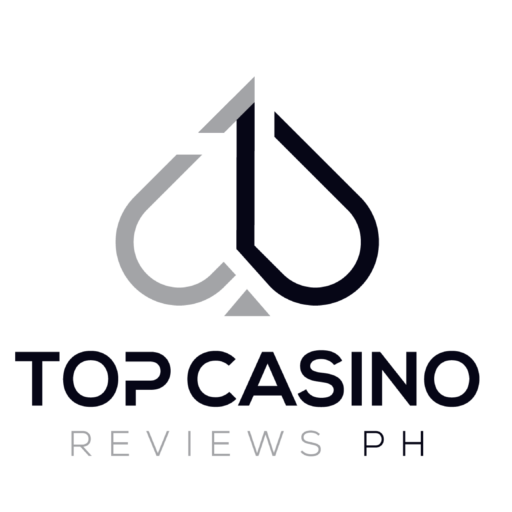In today’s fast-paced business environment, organizations are increasingly recognizing the need for innovative leadership styles that resonate with both employees and organizational goals. Among these styles, the "Philboss" model has emerged as a pioneering framework, blending the best of traditional management with modern workplace values. This article explores the essence of the Philboss approach and how it is shaping the future of work.
What is a Philboss?
The term "Philboss" combines the essence of a "philosopher" and a "boss," representing a leader who is not only focused on performance metrics but is also deeply attuned to the needs, motivations, and aspirations of their team. A Philboss embodies qualities such as empathy, agility, and an unwavering commitment to fostering a positive organizational culture.
This leadership style emphasizes collaboration over command and control, advocating for inclusivity, transparency, and continuous learning. At its core, the Philboss philosophy champions the belief that a motivated and satisfied workforce is the cornerstone of a successful organization.
Pioneering Practices of the Philboss Approach
1. Emphasizing Emotional Intelligence
At the heart of the Philboss approach is emotional intelligence (EI). Leaders who possess high EI are better equipped to recognize and understand the emotions of their employees, building stronger relationships and fostering a sense of trust. By creating an environment where employees feel valued and understood, Philbosses cultivate loyalty and drive employee engagement.
2. Prioritizing Purpose and Meaning
Philbosses actively work to connect the organization’s goals with the personal ambitions and values of their team members. This involves creating a clear sense of purpose that resonates with employees, ensuring that every individual understands the impact of their work. By emphasizing meaning, Philbosses are able to inspire greater commitment and creativity among their teams.
3. Advocating for Flexibility and Autonomy
In the modern workplace, flexibility has become a non-negotiable aspect of work life. Philbosses understand that empowering employees with the autonomy to manage their schedules and work environments leads to enhanced productivity and job satisfaction. By fostering a culture of trust where employees can thrive, Philbosses create a more dynamic and resilient workforce.
4. Fostering Continuous Learning
Philbosses champion a growth mindset, encouraging employees to pursue development opportunities and embrace lifelong learning. They advocate for mentorship programs, skill-sharing sessions, and constructive feedback, ensuring that professional growth is integrated into the workplace culture. This investment in human capital not only builds competencies but also promotes innovation within teams.
5. Cultivating Diversity and Inclusion
A true Philboss recognizes the value of diverse perspectives and inclusive practices. By fostering a workplace that embraces diversity, Philbosses enhance creativity and problem-solving while ensuring that all employees feel seen and heard. This commitment to inclusion not only boosts employee morale but also contributes to improved overall organizational performance.
6. Harnessing Technology Thoughtfully
In an era where technology pervades every aspect of business, Philbosses leverage digital tools to enhance collaboration and streamline processes while remaining human-centric. They acknowledge the importance of balancing technological integration with genuine human interaction, ensuring that employees receive the support they need to navigate the complexities of modern work.
The Impact of Philboss Culture
The adoption of the Philboss leadership model has profound implications for organizational culture. Workplaces that prioritize emotional well-being, inclusivity, and continuous learning are likely to experience higher employee satisfaction, reduced turnover, and improved performance outcomes. Furthermore, as organizations increasingly compete in the global market, the Philboss approach fosters a resilient workforce capable of adapting to change and driving innovation.
Conclusion
As we navigate the complexities of the modern workplace, the Philboss model stands out as a beacon of progressive leadership. By integrating emotional intelligence, flexibility, and a commitment to continuous learning, Philbosses are redefining what it means to lead in the contemporary business landscape. As more organizations begin to embrace these pioneering practices, the promise of a more engaged, innovative, and resilient workforce becomes not only a possibility but a reality. Embracing the Philboss mentality may well be the key to unlocking the full potential of the modern workplace.



